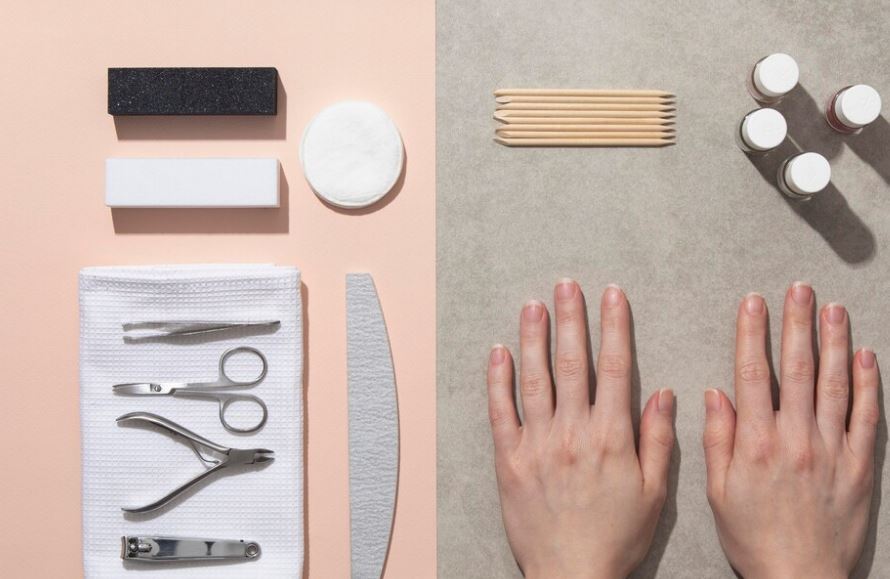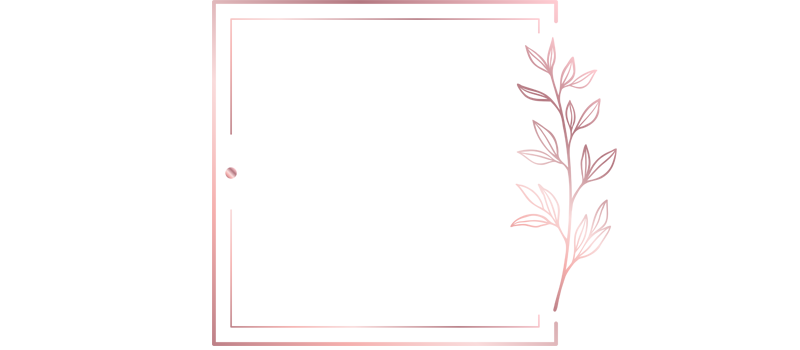
Manicures and pedicures have become vital wellness experiences in the last ten years. These services are now easily incorporated into self-care routines for people of all ages and are no longer limited to beauty salons or saved for special occasions. The effect is instantaneous and intensely personal, much like a finely tuned engine or a well-tailored suit—your hands and feet feel stronger, lighter, and better-maintained in addition to looking better.
The gentle touch of a nail technician or the quiet luxury of a foot massage can feel incredibly effective at resetting your mood in today’s fast-paced world, where burnout frequently lurks just beneath the surface. Nevertheless, a duality that is frequently overlooked exists amid the polish and pampering. Regular treatments have many benefits, especially in terms of appearance and stress reduction, but it’s important to consider the risks as well, which can range from minor irritations to serious health issues.
Pros and Cons of Manicures and Pedicures
| Category | Advantages | Disadvantages |
|---|---|---|
| Aesthetic Benefits | Enhances visual appeal of hands and feet, boosting confidence | Frequent use of polish may cause discoloration or thinning of nails |
| Health & Hygiene | Removes dead skin, prevents nail disease, and promotes circulation through massage | Improper tool hygiene can lead to bacterial or fungal infections |
| Stress Relief | Offers relaxation through massage techniques, lowering tension levels | Appointments can be time-consuming and may disrupt busy schedules |
| Mental Wellbeing | Feels like a self-care ritual, especially after stressful workdays | High-frequency treatments may feel financially demanding |
| Skin Softening | Leaves heels and cuticles hydrated and smooth, even during dry seasons | Over-exfoliation or aggressive buffing can cause skin sensitivity |
| Confidence Boost | Looking polished enhances both personal and professional presence | Some products include allergens that can trigger skin reactions |
| Therapeutic Camouflage | Useful for concealing nail conditions like psoriasis, lichen planus, or onychomycosis | Reliance on artificial nails may hide deeper issues needing medical care |
| Accessibility of Care | Widely available and increasingly affordable in local salons | Varying technician skill levels can influence results and safety |
Why These Therapies Are Still Very Effective in Contemporary Self-Care
Clients frequently experience noticeably better skin and nail health when these services are incorporated into their regular care regimen. Frequent treatments are especially beneficial for people with brittle or damaged nails because they are intended to nourish dry cuticles, exfoliate dead skin, and promote strong nail growth. Hydration is further improved by using nutrient-rich oils and herbal soaks, particularly in the winter months when the skin is more prone to drying out.
These services serve as a means of achieving both physical and emotional renewal through calming massage techniques. The rhythmic strokes used in manicures and pedicures promote circulation and relieve muscle tension, much like the soothing sound of white noise or the warmth of a weighted blanket. For those who are on their feet a lot or use their hands a lot, like parents, typists, or healthcare professionals, this is preventative care, not just pampering.
Their use in medical dermatology has turned out to be surprisingly inventive. Patients with visible nail disorders may benefit most from cosmetic nail procedures, according to Dr. Anastasia Therianou. The psychological effects are frequently severe, whether nail dystrophy is camouflaged or congenital conditions like anonychia are treated with artificial nails to restore normal appearance.
Recognizing the Dangers: Beauty Can Backfire If Left Unchecked
Ignoring safety precautions can lead to problems with even a basic pedicure. If tools are not adequately sterilized, infections like cellulitis or fungal nail disease may develop. Strictly hygienic salons greatly lower the risk, but it is frequently the responsibility of the client to observe procedures or inquire before making a reservation.
Cumulative damage can occasionally result from repeated chemical exposure. Formaldehyde, toluene, or DBP are chemicals that are frequently found in nail polishes, removers, and hardeners. Over time, these chemicals may cause allergic reactions, respiratory problems, or skin irritation. Making the switch to “5-free” or “non-toxic” products might be an exceptionally obvious solution for those with sensitivities.
Clients who use gel or acrylic systems for extended periods of time run the risk of suffering deep tissue trauma in addition to surface damage. Enhancements that are filed, scraped, and peeled off may result in traumatic onycholysis (nail separation), inflammation, or thinning of the nail plate. Nails become more susceptible if there aren’t adequate rest periods in between treatments.
Real Experiences, Real Caution: The Importance of Making Well-Informed Decisions
I can still clearly recall my first experience getting a volcanic stone massage and a luxurious pedicure. It was remarkably soothing, like dipping my anxieties into a tub of warm, lavender-scented water. However, I had an infection that took weeks to recover from a hurried session at another salon months later. I learned from this contrast that safety must always be the foundation of luxury, regardless of how exquisitely it is presented.
The use of UV nail lamps during gel manicures has drawn criticism from dermatologists in recent years. Although there is still little chance of developing skin cancer from these devices, it is still a good idea to wear fingerless gloves or apply sunscreen as a precaution, particularly for people who have photosensitive skin conditions or are taking certain medications.
Do Pedicures and Manicures Make Sense?
With AI-powered diagnostics, toxin-free product lines, and increasingly hygienic practices revolutionizing salons nationwide, nail care is expected to advance in the upcoming years. But even now, making thoughtful, well-informed decisions is the key to optimizing these advantages.
We safeguard not only our appearance but also our long-term health by treating every appointment as a luxury and a duty. Similar to picking the ideal skincare routine or sticking to a workout schedule, regular nail care, when done carefully, can be incredibly fulfilling and effective.
FAQs
1. What are the main benefits of manicures and pedicures?
They improve nail health, enhance appearance, and offer stress-relieving relaxation through massage.
2. Can regular manicures damage your nails?
Yes, frequent use of gels or acrylics can weaken nails and cause brittleness if not managed properly.
3. Are pedicures good for circulation?
Yes, the massage involved in pedicures can significantly boost blood flow in feet and lower legs.
4. Is there a risk of infection from nail treatments?
Improper sterilization of tools can lead to fungal or bacterial infections in both hands and feet.
5. Are there safer alternatives to chemical-heavy nail products?
Yes, many salons now offer “5-free” or non-toxic nail polish options that are gentler on skin and nails.
6. How often is it safe to get a manicure or pedicure?
Every 3–4 weeks is generally safe, giving nails time to breathe and recover between treatments.
